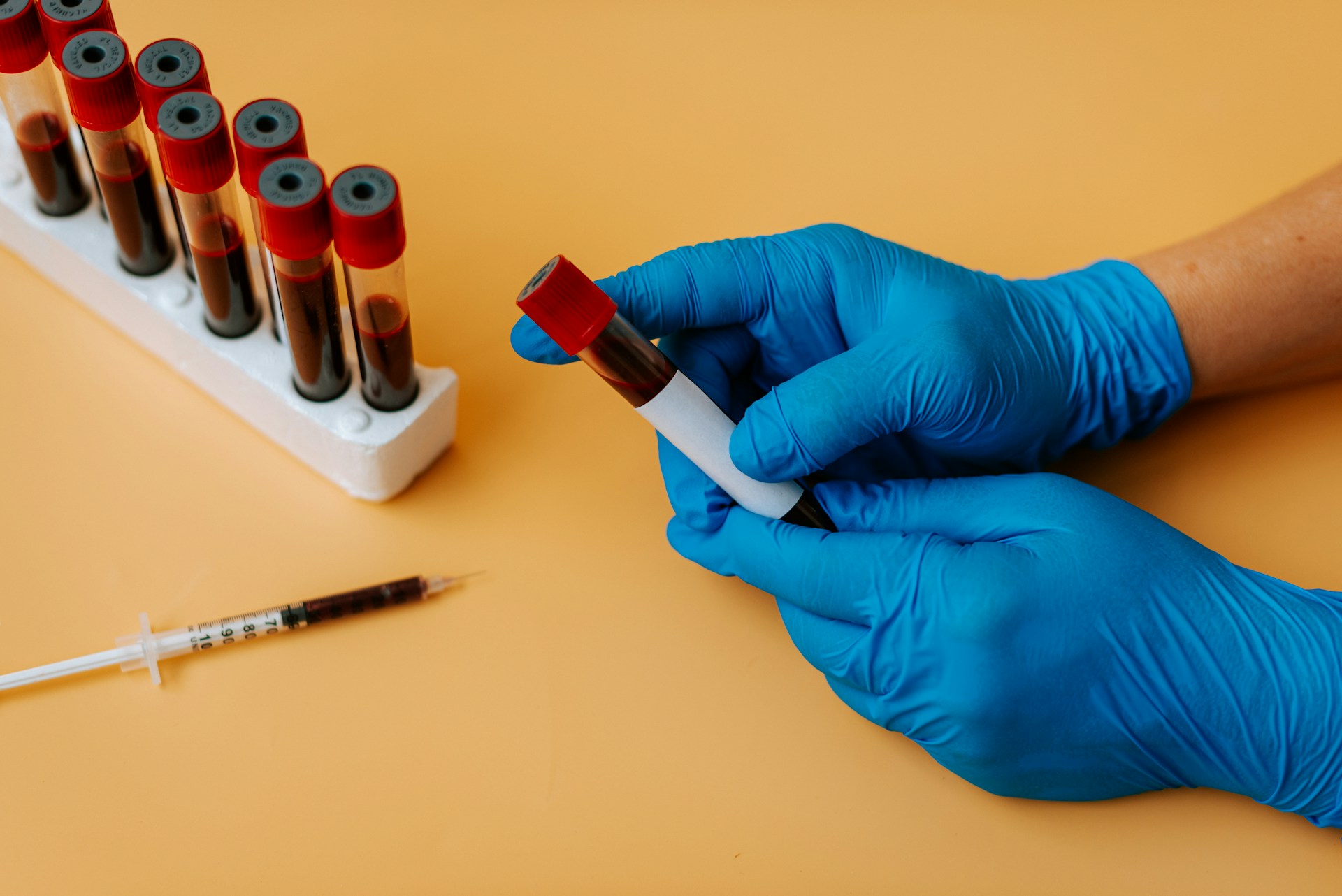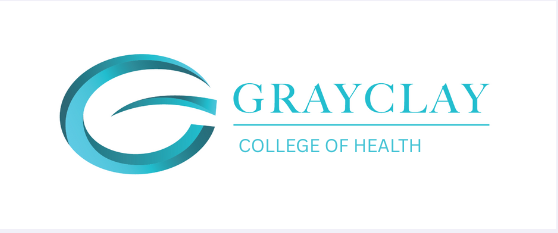Managing Needle Stick Injuries in Blood Collection

Needle stick injuries are one of those things that seem quick and minor, but they can lead to fairly serious consequences if not handled correctly. For anyone working in pathology, phlebotomy or clinical settings, even one accidental prick from a used needle can raise health concerns and disrupt workflow. Anyone performing venous blood draws is at risk, whether you're new to your role or experienced.
That's why it's so important to know not just how to reduce the risk of getting injured in the first place, but also what steps to take right away if it happens. This article walks through practical approaches to handling needle stick injuries, from understanding how they occur to using training that prepares you better. It’s all about helping you feel more confident each time you pick up a needle.
Understanding Needle Stick Injuries
Needle stick injuries happen when a used needle or another sharp instrument accidentally punctures the skin. This usually takes place during or after a procedure like drawing blood, giving medication or handling clinical waste. They're most common during blood collection when someone is rushed, distracted or managing a patient who moves unexpectedly.
These injuries come with a risk of exposure to bloodborne viruses. Even when the injury appears small, there’s always concern it might cause infection if the needle was contaminated. Panic doesn't help here, but following proven procedures can really lower the chances of things going wrong.
Some common causes of needle stick injuries include:
- Recapping needles by hand
- Skipping proper disposal or lacking nearby sharps containers
- Accidental patient movements during a procedure
- Careless passing of sharps between staff
- Rushing through steps without focusing fully
Being aware of these triggers gives you a big advantage. If you're trained to recognise potentially risky moments, you're much more likely to avoid getting injured. It could be something as simple as moving the sharps container within reach or pausing to reset yourself before every draw.
One healthcare worker talked about always recapping needles out of habit. It wasn’t until someone corrected them during a refresher course that they stopped. A few weeks later, they nearly recapped again but stopped in time, avoiding what could’ve been a serious injury. These types of reminders stick with you and shape safer habits over time.
Immediate Actions After a Needle Stick Injury
If you do get injured by a needle, the first few minutes are really important. Even when it doesn’t bleed much or feel like a big deal, take action straight away. Acting quickly helps reduce health risks and improves outcomes.
Here’s what you should do:
- Let the wound bleed gently. Don’t try to squeeze it.
- Wash the area with soap and running water.
- Stay away from harsh cleaning agents or scrubbing.
- Report what happened to your supervisor or the designated staff contact.
- Visit a medical professional for advice and to start any testing or monitoring that’s needed.
Also make a record of how, when and where the injury occurred. Include details like what procedure was taking place, the patient involved and exactly what led to the incident. This information helps improve safety protocols and can assist clinical decisions moving forward.
Each workplace might have its own steps to follow for injury reports, but the core of quick and calm action is always the same. The more familiar you are with these steps before anything happens, the more prepared you’ll be should you ever need to use them.
Preventative Measures to Avoid Needle Stick Injuries
Prevention is one of the best defences. Taking small, consistent actions during your workday can reduce your risk of needle stick injuries. The first is using personal protective gear correctly. Gloves are standard, but look into things like sleeve guards or thicker gauges if you’re doing more complex procedures.
Where you place your sharps containers matters too. If you have to carry a used needle more than a step or two, the temptation to recap or hold it while multitasking goes up. Placing containers within easy reach might seem small, but it helps prevent many accidents.
Another big area is communication. Let the people around you know when you’re handling sharps or engaged in blood collection. In busy environments it’s easy to assume others are aware, but stating clearly what you're doing helps avoid those surprise bumps or accidental contact.
Routine safety drills or scenarios also help. These don’t need to be formal, drawn-out events. Running through what-if situations every now and then can build confidence and make your reactions more automatic. The goal is an environment where everyone’s looking out for each other.
The Role of Education and Training in Preventing Injuries
Education makes all the difference. Completing a course like the Venous Blood Collection Skill Set (HLTSS00059) gives healthcare workers the techniques needed to avoid mistakes while handling needles. This accredited training walks you through both safety basics and the specific processes involved in taking blood effectively and safely.
It’s not about completing training once and being done with it. Continued education plays a big part in keeping skills fresh. Healthcare practices evolve and even experienced professionals can fall into unhelpful habits. A new course or refresher workshop can snap you out of those patterns and update your approach.
A strong training culture also encourages people to take more care and communicate better. It builds up your awareness—not just of what you’re doing but how others around you are working too. When everyone’s aiming to follow the same safe process, it cuts down the chance of something being missed or done incorrectly.
Some workers have shared that while they were initially unsure about going back for more training, they were surprised by what they’d forgotten. Simple techniques or safety rules that faded over time were brought back into focus, making their daily workflow quicker and safer.
Enhancing Safety with Grayclay's Training Programs
If you want to improve safety during blood collection, training plays a big part. Grayclay offers nationally accredited training like the Venous Blood Collection Skill Set (HLTSS00059), which is built around real clinical scenarios and current health standards.
These courses don’t just tick a box. They help build confidence by walking you through realistic patient interactions, equipment handling and emergency responses. Armed with this kind of education, healthcare workers come away not just knowing the theory, but understanding what quick thinking and safe decision-making looks like on the floor.
Another benefit is strengthening teamwork. Everyone who takes part in the same kind of structured training starts to speak the same language when it comes to safety. That makes communication smoother and supports consistent work standards throughout the environment.
Proper training means you’re not relying on personal habits or incomplete advice passed down informally. Instead, you're backed by proven processes that update your skills and expand your awareness.
Staying Safe Starts with Being Prepared
Managing the risk of needle stick injuries isn’t about avoiding work or overthinking every move. It’s about making thoughtful choices each day and keeping your environment as safe and predictable as possible. Training helps sharpen these instincts and gives you solid tools to respond when something goes wrong.
You’re not just protecting yourself—you’re making things safer for your team too. Whether it’s placing your sharps container in a better location or sticking to a no-recap policy, these small actions build habits that serve you long term. Getting the right training, particularly through trusted programs like the Venous Blood Collection Skill Set (HLTSS00059), is a great way to strengthen your skills and keep protections in place.
Preparedness and knowledge go hand in hand. The more you invest in each, the easier it becomes to step confidently into every blood collection task with the assurance that you know what to do, both to avoid injuries and respond if they happen.
Completing comprehensive training is your first step in creating a safer work environment. If you're serious about mastering blood collection, consider enrolling in our course that focuses on the skill set in venous blood collection. At Grayclay, we are committed to helping you build the confidence and skills necessary to manage blood draws safely and effectively.



